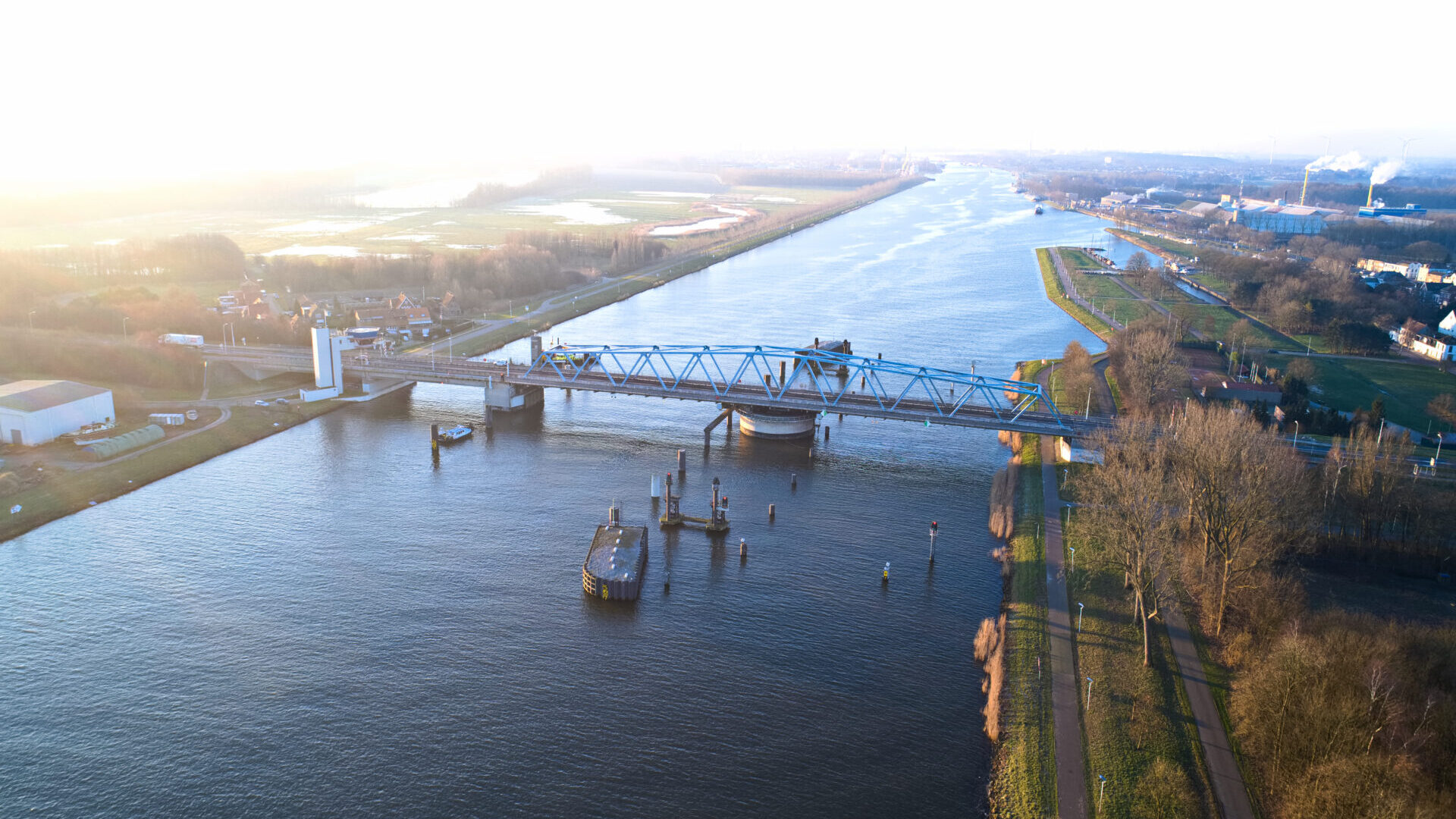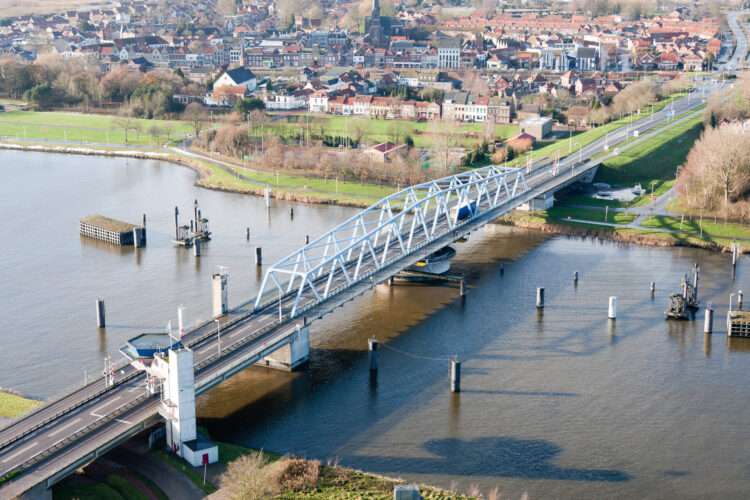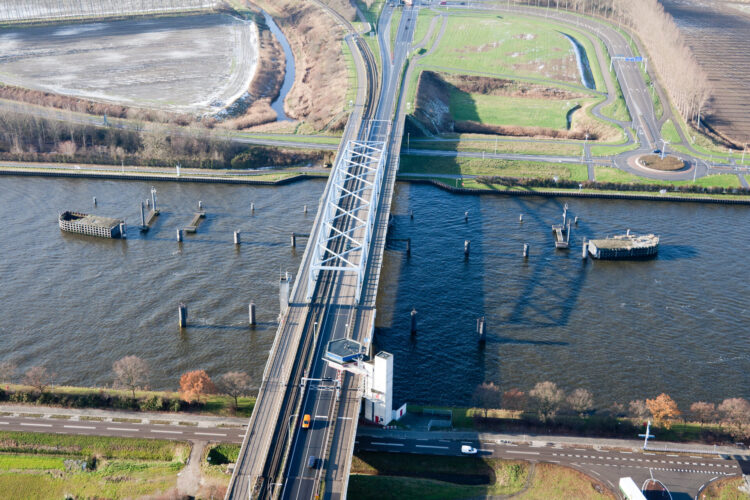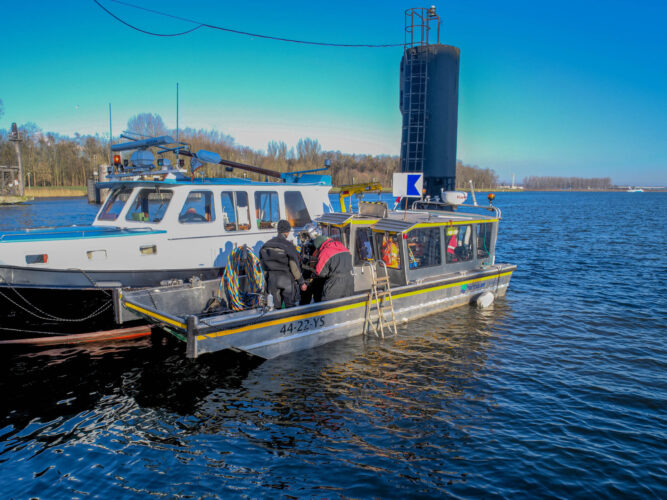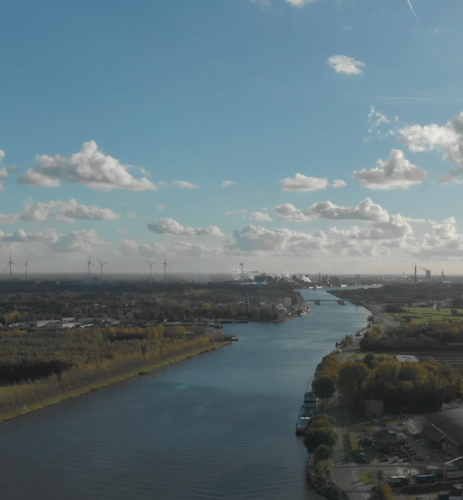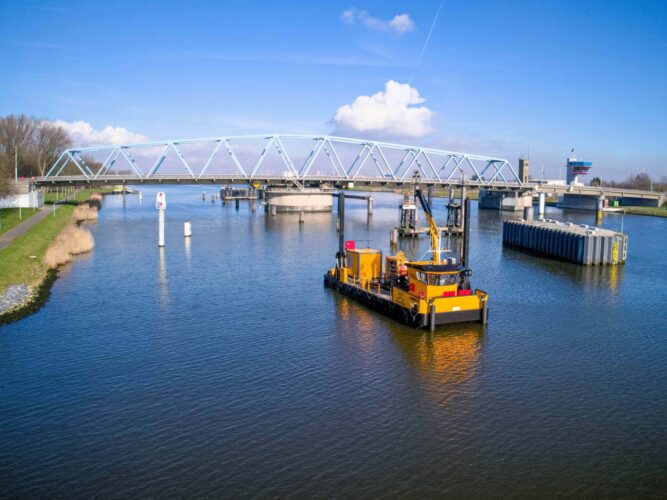Contractor F.L. Liebregts BV commissioned Walhout Civil to coordinate specialistic inspections and soil investigations on the canal bed around the swing bridges. Liebregts was contracted by Rijkswaterstaat, part of the Dutch Ministry of Infrastructure and Water Management. The main purpose of the inspections was to identify and map the erosion pits and (floating) cables and pipes, located in the primary and secondary waterways. Civil engineers from Walhout Civil have subsequently analysed and determined the failure mechanisms of the steel-based bridge piers and slackening structures. The complexity of the issue is provided by the fact that the bridge constructions were built in the 1960s.
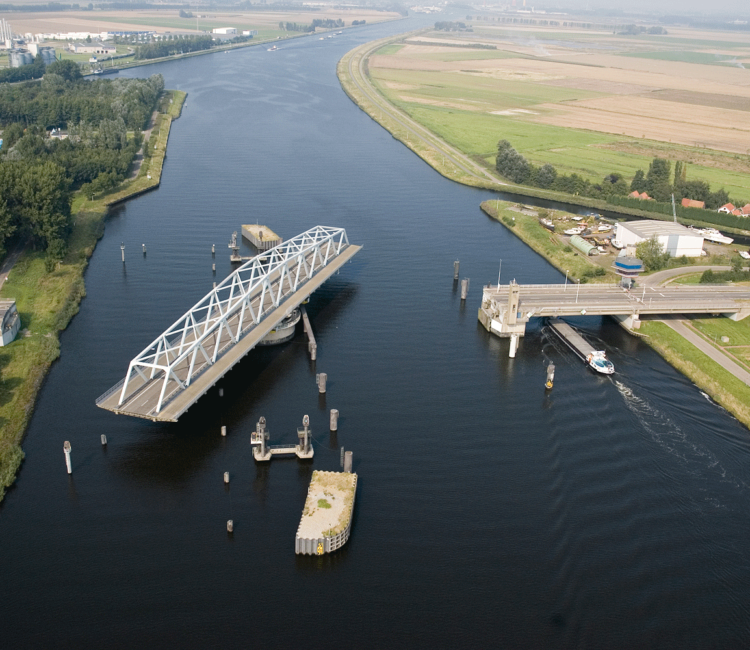
The challenge
The swing bridges of Sluiskil (N62) and Sas van Gent (N683) over the Ghent-Terneuzen Canal were once the largest swing bridges in Europe. They are made up of impressive steel truss constructions and concrete bridge piers. Over the years, the soil around the bridge foundations has eroded considerably. Due to heavy bridge scour, erosion pits have occurred by flow velocity and current velocities of passing cargo ships. As a result, the stability of the bridge piers and the slackening structures can be compromised.
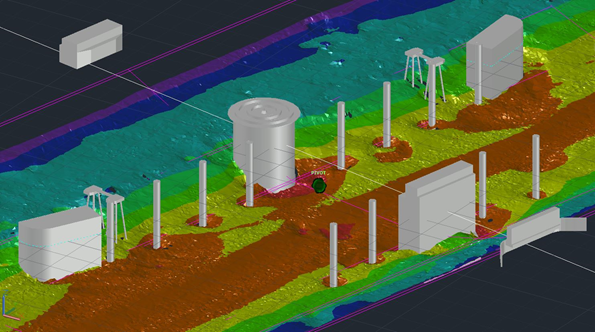
Diving Inspections & Surveys
An overview of our research activities:
- Diving inspections
- Steel thickness measurements
- Side scan sonar surveys
- Bathymetric surveys
- Geotechnical investigations
- Cone Penetration Testing
Geotechnical stability analysis
Walhout Civil has modelled several scour scenarios in PLAXIS, a finite element software for geotechnical analysis of deformation and stability of soil structures to provide insight into the relationship between the scour around bridge piers and the deformations of the swing bridges. An important part of the study was to determine to what extent different scour scenarios can lead to deformations that will lead to bride failure mechanisms. In addition, all buffer constructions, sheet piles and slackening structures have been tested. Our engineers determined robust measures to guarantee the future stability of the structures.
An overview of our activities:
- Geotechnical FEA analysis bridge pillars and buffers
- Geotechnical FEA analysis sheet piles
- Stability analysis embankments
- Revaluation and analysis of structural reliability
- Advice in necessary recovery and maintenance
Design of new bed protections
One measure was the installation of new bed protections. All normative current velocity and new riprap layers have been calculated based on extreme hydraulic loads and new Dutch guidelines. The design stipulates that riprap must be applied in combination with modern filter units. Tailor-made solutions are designed at the location of the (floating) cables and pipes, including cable protection and underwater colloidal concrete fillings. Finally, a monitoring strategy is advised for furture management and maintenance.
An overview of our design activities:
- Design variants canal and bank-protection works
- Detailed and execution design riprap layers and filter units
- ROV inspections (floating) cables and pipes
- Monitoring and maintenance strategy




